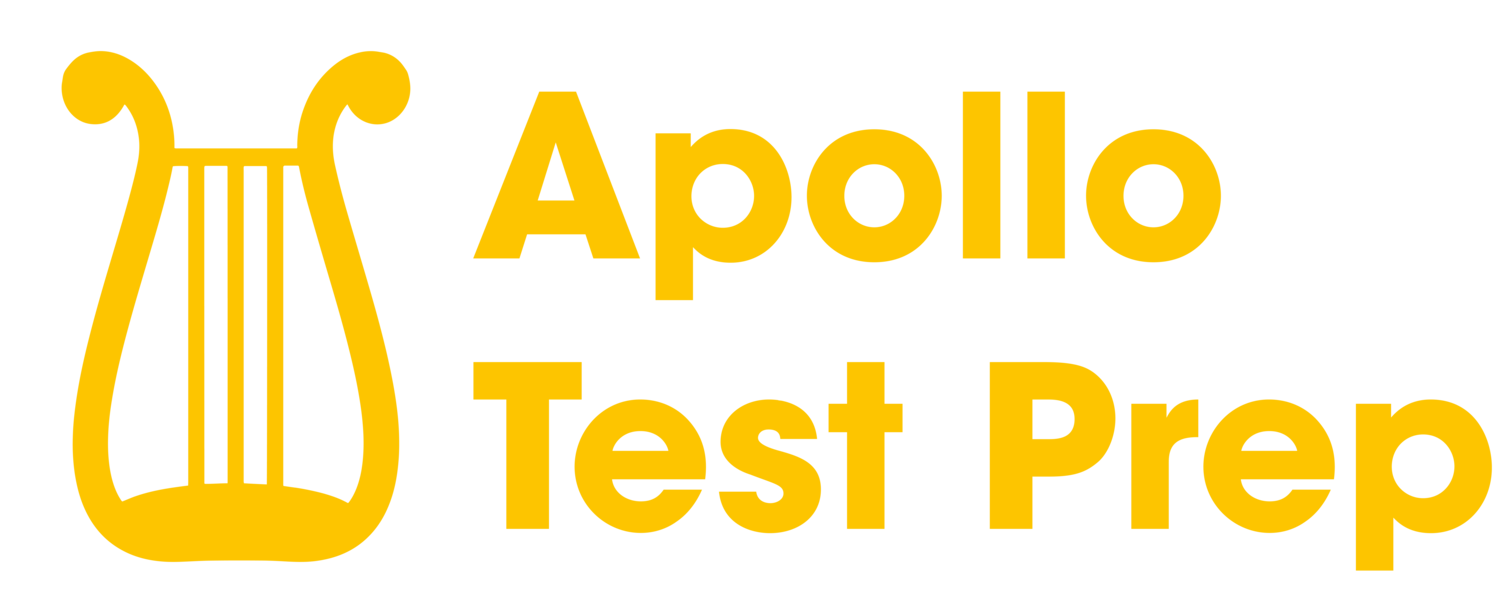LSAT Explanation PT 34, S3, Q9: Lines can be parallel in a
LSAT Question Stem
Which one of the following is an assumption that is required by the argument?
Logical Reasoning Question Type
This is a Necessary Assumption question.
Correct Answer
The correct answer to this question is A.
LSAT Question Complete Explanation
First, let's analyze the argument in the passage. The argument can be broken down as follows:
Premise 1: Lines can be parallel in a Euclidean system of geometry.
Premise 2: The non-Euclidean system of geometry that has the most empirical verification is regarded by several prominent physicists as correctly describing the universe we inhabit.
Conclusion: If these physicists are right, in our universe there are no parallel lines.
The question type is Necessary Assumption, which means we need to identify an assumption that is required for the argument to be valid.
Now let's evaluate each answer choice:
a) There are no parallel lines in the non-Euclidean system of geometry that has the most empirical verification.
This is the correct answer because it directly addresses the missing link between the premises and the conclusion. If there are parallel lines in the non-Euclidean system of geometry with the most empirical verification, then the conclusion that there are no parallel lines in our universe would not follow. This assumption is necessary for the argument to be valid.
b) Most physicists have not doubted the view that the universe is correctly described by the non-Euclidean system of geometry that has the most empirical verification.
This answer choice is not necessary for the argument to be valid. The argument is based on the opinions of several prominent physicists, not on the majority of physicists. Even if most physicists doubted the view, it would not necessarily invalidate the argument.
c) There are no parallel lines in every non-Euclidean system of geometry that has any empirical verification.
This answer choice is too broad and far-reaching. The argument only focuses on the non-Euclidean system of geometry with the most empirical verification, not every non-Euclidean system with any empirical verification. This assumption is not necessary for the argument to be valid.
d) The universe is correctly described by the non-Euclidean system of geometry that has the most empirical verification if prominent physicists maintain that it is.
This answer choice is not necessary for the argument to be valid. The argument does not depend on the idea that the universe is correctly described by the non-Euclidean system only if prominent physicists maintain that it is. The argument is based on the empirical verification of the non-Euclidean system, not solely on the opinions of prominent physicists.
e) Only physicists who are not prominent doubt the view that the universe is correctly described by the non-Euclidean system of geometry that has the most empirical verification.
This answer choice is not necessary for the argument to be valid. The argument does not depend on the idea that only non-prominent physicists doubt the view. The argument is based on the empirical verification of the non-Euclidean system and the opinions of several prominent physicists, not on the opinions of all physicists.
In conclusion, the correct answer is (a), as it is the only assumption that is required for the argument to be valid.
